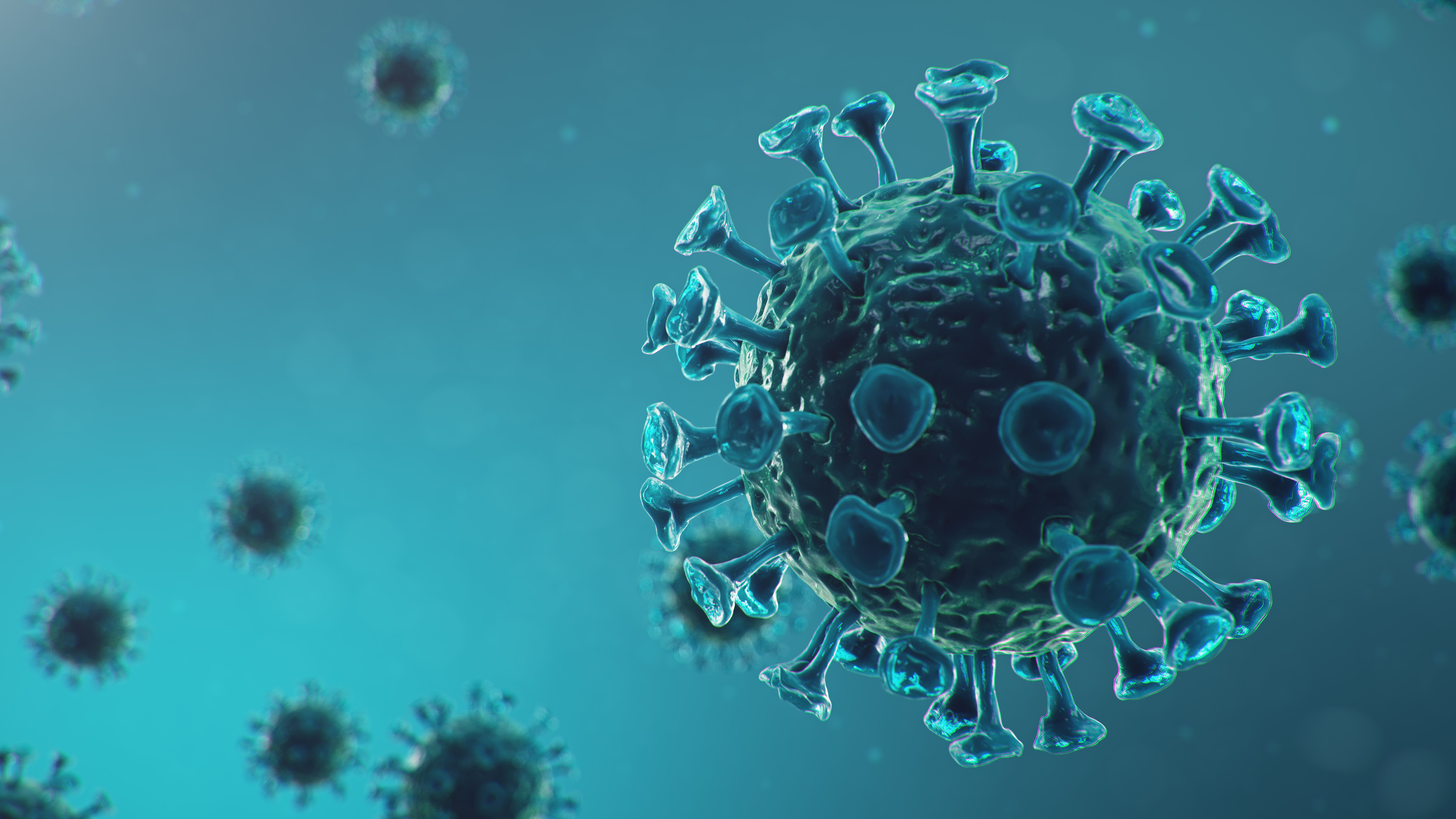- Case-Based Roundtable
- General Dermatology
- Eczema
- Chronic Hand Eczema
- Alopecia
- Aesthetics
- Vitiligo
- COVID-19
- Actinic Keratosis
- Precision Medicine and Biologics
- Rare Disease
- Wound Care
- Rosacea
- Psoriasis
- Psoriatic Arthritis
- Atopic Dermatitis
- Melasma
- NP and PA
- Skin Cancer
- Hidradenitis Suppurativa
- Drug Watch
- Pigmentary Disorders
- Acne
- Pediatric Dermatology
- Practice Management
- Prurigo Nodularis
- Buy-and-Bill
Article
CDC updates mask guidance
Author(s):
With increased infectivity of Omicron, the Centers for Control and Prevention (CDC) has updated the guidance on the best mask types to use.
N95 and KN95 masks are the most effective in preventing the spread of COVID-19, according to updated guidance from the Centers for Disease Control and Prevention (CDC). At the same time, the agency continues to urge Americans to consistently use the most protective type of masking available so long as it’s comfortable and will be worn consistently.
In its latest guidance, posted on its website on January 14, the CDC ranks different types of masks according to the level of protection they provide. “Loosely woven cloth products provide the least protection, layered finely woven products offer more protection, well-fitting disposable surgical masks and KN95s offer even more protection, and well-fitting NIOSH [National Institute for Occupational Safety and Health]-approved respirators (including N95s) offer the highest level of protection,” the guidance states.
But regardless of the type of mask chosen, the CDC adds, it should fit closely on the face and be comfortable enough when worn correctly (covering the nose and mouth) that it can be used when needed.
The updated guidance also explains the difference between masks and respirators. Masks are designed primarily to contain droplets that the wearer sneezes, breathes or coughs out, while also offering some protection from viruses spread by others.
Respirators are meant to provide protection by filtering the air and fitting closely on the face to filter out particles, but they also have some ability to contain droplets the wearer emits. “A respirator has better filtration, and if worn properly the whole time it is in use, can provide a higher level of protection than a cloth or procedural mask,” according to the guidance.
Given the greater protection respirators afford, the CDC says they “may be considered in certain situations and by certain people when greater protection may be needed or desired.” These include:
- When caring for someone who is sick with COVID-19
- If a person is at increased risk for severe illness, such as those who are immunocompromised, are over 65, or have certain underlying medical conditions
- Working in a job that requires interacting with large numbers of the public particularly when not everyone is consistently masked
- When using public transportation, such as buses, planes and trains
- In crowded settings where physical distancing isn’t possible
- Not being up-to-date on COVID-19 vaccinations
In a statement announcing the updates the CDC said they “reflect the science on masking, including what we have learned in the past two years, and will provide people the information they need to improve how well their masks or respirators protect them. We will continue to share the science of masking as it becomes available.”





